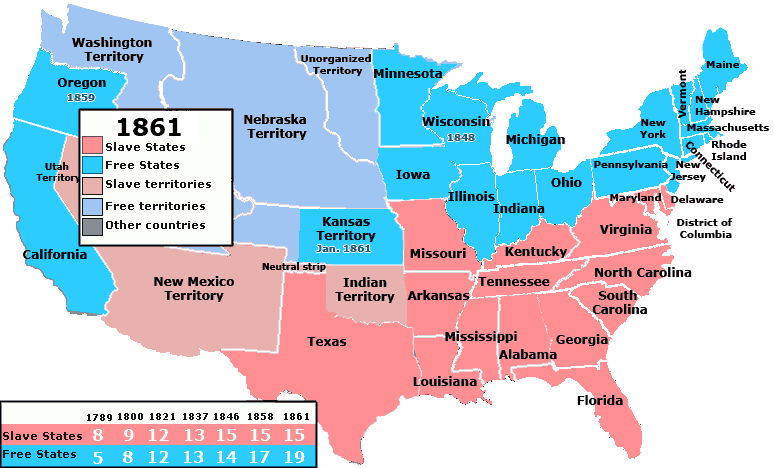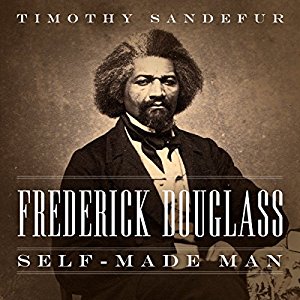According to Sowell, this sub-culture began in England and was transplanted to the South when the area was settled. Over the decades and centuries, it has died out in England and has “largely” died out in the South, no matter what the race. However, it has survived in the “poorest and worst of the urban black ghettos.” (BR&WL, p. 2)
Sowell’s first premise of the common sub-culture is followed quickly by a second. “It is not uncommon for a culture to survive longer where it is transplanted and to retain characteristics lost in its place of origin.” (BR&WL, p. 2) To support this idea, he gives examples of linguistic artifacts in Mexican Spanish and the French spoken in Quebec. There are German dialects that have died out in their homeland but continue to exist here in the U. S. In fact, there are examples of this in the South. But it goes beyond just linguistics. This permeation of the common sub-culture has fingers in all aspects of Southern life. And these differences between Southern and Northern life were noted more than a century ago.
Southern whites not only spoke the English language in very different ways from whites in other regions, their churches, their roads, their homes, their music, their education, their food, and their sex lives were all sharply different from those of of New England in particular. (BR&WL, p. 2)
It was easy for Frederick Law Olmsted and Alexis de Tocqueville to say the differences had their roots in slavery. Sowell admits such a conclusion seemed reasonable but that it will fail under a “closer scrutiny of history”.
Imagine that. Someone wants to actually look beyond the obvious to see what the roots of the lifestyle and situation might be. It’s too bad our schools and universities aren’t teaching this sort of critical thinking to their students.
It is perhaps understandable that the great, overwhelming moral curse of slavery has presented a tempting causal explanation of the peculiar subculture of Southern whites, as well as that of blacks.Yet this same subculture had existed among Southern whites and their ancestors in those parts of the British Isles from which they came, long before they had ever seen a black slave. (BR&WL, p. 3)
With this as his starting point, Sowell turns his attention to the study of the nature of the “crackers” and “rednecks” in Britain long before they arrived in America.
According to Sowell, most of the “common white people” who settled the South, came from the northern border of England, that no-man’s land between England and Scotland. Others came from Ulster County, Ireland. To say those were areas where there was little law and order might be putting it mildly. They were at a minimum, resistant to authority. Yes, if you’re thinking of Mel Gibson in Braveheart right now, you aren’t the only one. The majority of these settlers came to the South before the “progress” of the 18th Century, the Anglicization of Scotland, Wales and Ireland. Professor Grady McWhiney, in Cracker Culture: Celtic Ways in the Old South, writes:
…had the South been peopled by nineteenth-century Scots, Welshmen, and Ulstermen, the course of Southern history would doubtless have been radically different. Nineteenth-century Scottish and Scotch-Irish immigrants did in fact fit quite comfortably into northern American society. (BR&WL, p. 5)
But what does this really mean?
What the rednecks or crackers brought with them across the ocean was a whole constellation of attitudes, values, and behavior patterns that might have made sense in the world in which they had lived for centuries, but which would prove to be counterproductive in the world to which they were going — and counterproductive to the blacks who would live in their midst for centuries before emerging into freedom and migrating to the great urban centers of the United States, taking with them similar values. (BR&WL, p. 6)
These attitudes, values and behavior patterns included “an aversion to work, proneness to violence, neglect of education, sexual promiscuity, improvidence, drunkenness, lack of entrepreneurship, reckless searches for excitement, lively music and dance, and a style of religious oratory marked by strident rhetoric, unbridled emotions, and flamboyant imagery … Touchy pride, vanity, and boastful self-dramatization were also part of this redneck among people from regions of Britain “where the civilization was the least developed.” (BR&WL, p. 6)
Sowell makes clear, however, (mainly because he has to clarify statements that shouldn’t need to be clarified because too many have taken easy offense and used that offense to attack and twist his words) that all this doesn’t mean cultures have remained unchanged over the years or that there are no differences between blacks and whites in this subculture. Even so, “what is remarkable is how pervasive and how close the similarities have been.” (BR&WL, p. 7)
[…]
Pride had yet another side to it. Among the definitions of a “cracker” in the Oxford dictionary is a “braggart” — one who “talks trash” in today’s vernacular — a wisecracker. More than mere wisecracks were involved, however. The pattern is one said by Professor McWhiney to go back to descriptions of ancient Celts as “boasters and threateners, and given to bombastic self-dramatisation.” Examples today come readily to mind, not only from ghetto life and gangsta rap, but also from militant black “leaders,” spokesmen or activists. What is painfully ironic is that such attitudes and behavior are projected today as aspects of a distinctive “black identity,” when in fact they are part of a centuries-old pattern among the whites in whose midst generations of blacks lived in the South. (BR&WL, pp. 12-13)


 Frederick Douglass, whose bicentennial birthday fell on Valentine’s Day, is one of the great figures in American history, a hero whose legacy is celebrated even by those who might otherwise contest his actual ideas.
Frederick Douglass, whose bicentennial birthday fell on Valentine’s Day, is one of the great figures in American history, a hero whose legacy is celebrated even by those who might otherwise contest his actual ideas.

